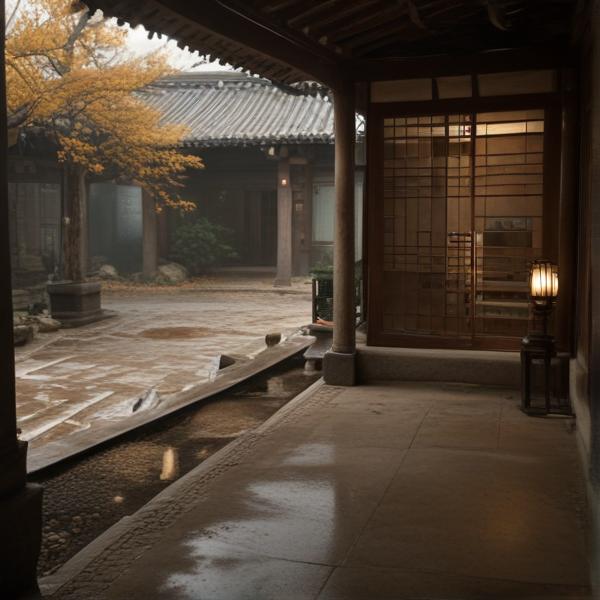基本信息 (Basic Information)
含义与用法 (Meanings & Usage)
中文核心释义 (Core Chinese Meaning): 用水等液体洒在物体上,多指给植物浇水;引申为用液体浇注、灌注。
英文核心释义 (Core English Meaning): to water (plants), to sprinkle or pour liquid over something, to irrigate; also to cast (metal).
象形意义 / 为何这么写 (Pictographic Meaning / Writing Rationale)
文言文释义 (Classical Chinese Meaning)
与现代意义相近,指用水浇灌、洒注等。Similar to modern meaning—refers to watering, sprinkling, or pouring (liquid).
深入学习 (In-depth Study)
字源故事 (Origin Story)
字形演变 (Character Evolution)
常用词语和例句 (Common Words & Examples)
浇水 (to water (plants); to pour water)
每天早上我都会给花园里的花浇水。
Eng: I water the flowers in the garden every morning.
浇花 (to water flowers)
你帮我浇花了吗?
Eng: Did you help me water the flowers?
浇筑 (to pour (concrete); to cast (in construction))
工人们正在浇筑水泥地面。
Eng: The workers are pouring the concrete floor.
相关成语 (Related Idioms)
相关成语信息待补充。Related idiom information pending.
多语言翻译 (核心释义) (Translations (Core Meaning))
- French: arroser, verser (de l'eau)
- German: gießen, bewässern
- Spanish: regar, verter (líquido)
- Italian: innaffiare, versare (liquido)
- Portuguese: regar, derramar (líquido)
- Russian: поливать, лить (жидкость)
- Arabic: يسقي، يروي، يصب (سائلًا)
- Persian: آبیاری کردن، ریختن (مایع)
- Dutch: gieten, water geven
- Polish: podlewać, polewać (cieczą)
- Vietnamese: tưới, đổ (chất lỏng)
- Ukrainian: поливати, наливати (рідину)
视频学习资源 (Video Learning Resources)
通过以下链接在热门视频网站搜索 "浇" 的更多讲解:
Search for more explanations of "浇" on popular video sites:
- 在 Bilibili.com 搜索 "浇 字源 说文解字" (Search on Bilibili)
- 在 YouTube.com 搜索 "浇 character origin etymology" (Search on YouTube)
网络参考 (Web References for "浇") ()
网络搜索信息待获取。Web search information pending.
更多图片 (浇 More Images) ()
